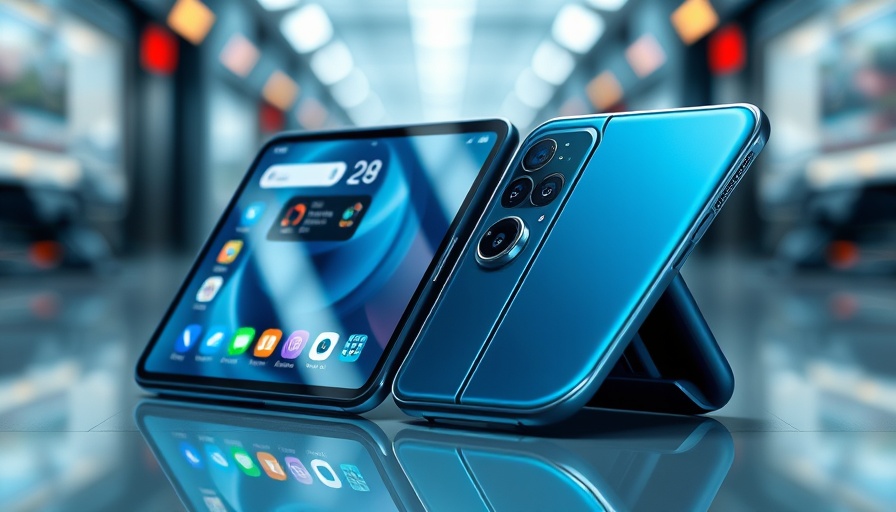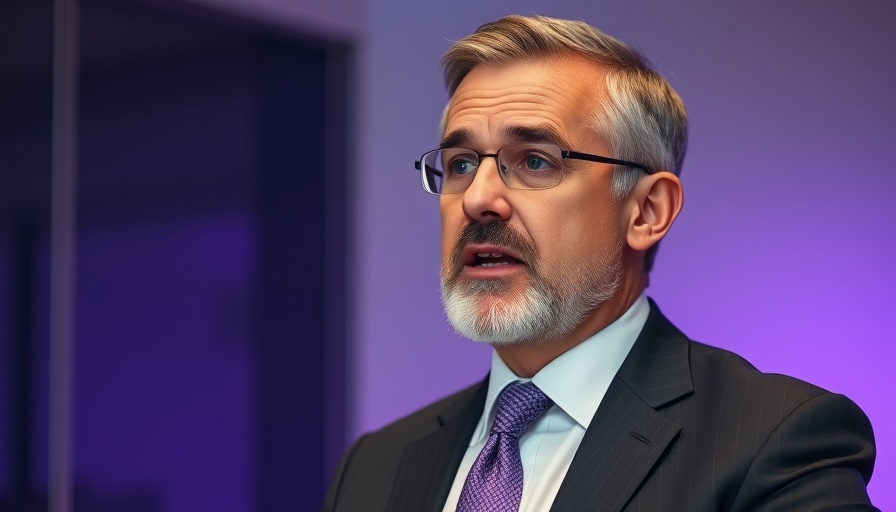
The Rise of Women Entrepreneurs
Women entrepreneurs are not merely participating in the economy; they are fundamentally reshaping it. Statistically, women now own approximately 42% of all businesses in the United States, which translates to over 13 million enterprises. Collectively, these businesses employ nearly 10 million individuals and generate an impressive more than $1.9 trillion in annual revenue. This growth signals a monumental shift in the entrepreneurial landscape, positively impacting not only women’s economic independence but also community welfare.
Economic Ripple Effects
The economic contributions of women-owned businesses extend far beyond their direct revenue generation. By supporting local suppliers and creating jobs, they serve as a pillar for community stability. The growth of these enterprises encourages further innovation, which is essential for driving the economy forward. As local businesses thrive, they fuel job creation and additional commerce, highlighting the interconnectedness between women-led initiatives and broader economic health.
Obstacles on the Road to Success
Despite their significant contributions, women entrepreneurs face unique challenges that often hinder their growth. Access to capital remains the most critical barrier, with female business owners receiving a mere 2.3% of venture capital funding. This discrepancy suggests a systemic issue that ignores the proven potential for strong returns on investment from women-led businesses. Traditional lending practices further complicate matters, as women frequently encounter higher interest rates and loan rejections.
Navigating Work-Life Balance
Another significant challenge for women entrepreneurs is balancing work with family responsibilities. While owning a business offers the flexibility to manage time, it also demands considerable energy. Women, who often juggle household tasks alongside their professional ambitions, must prioritize effectively. This balancing act can lead to stress and burnout, potentially stalling business growth.
Future Trends in Women-Owned Businesses
Despite these challenges, the future is bright for women-owned businesses. As awareness grows around the economic impact of female entrepreneurship, more initiatives are likely to emerge aimed at addressing these barriers. Increased access to funding and networking opportunities can help women entrepreneurs expand and thrive in their industries. The momentum is building, and the potential for innovation and growth is boundless.
Taking Action for Support
As we recognize the significant role women entrepreneurs play in the economy, it's crucial to support initiatives that foster gender equity in funding and resources. Encouraging mentorship programs and facilitating networks can pave the way for the next generation of women leaders. By doing so, we not only uplift individual business owners but also contribute to a more robust economic future.
 Add Row
Add Row  Add
Add 



Write A Comment